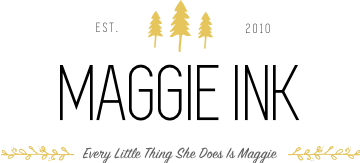Behold, the noble and fierce monkey!
OK, actually that monkey is pretty damn sweet. His name is Romeo, and he was my constant companion during my two-week volunteer stint with the Inti Wara Yassi organization at Parque Machia.
Inti Wara Yassi runs three wildlife sanctuaries through Bolivia, and they provide a home for mistreated animals. There are some extreme cases of abuse — like a puma who was practically crippled by jumping through flaming hoops at an illegal circus — but the majority of their birds and animals have been seized from exotic pet black market.
I was assigned to Monkey Park, where more than 400 monkeys live independently, reintroduced into the jungle. They’re not quite wild, because we still feed them and they do have interaction with humans, but it’s as close to natural conditions as they’re ever going to get.
I worked nearly a 12-hour shift each day, starting with breakfast for the monkeys each morning. They eat bananas, of course, but they also receive a quinoa porridge that was supplemented with lots of monkey-riffic vitamins.
My job also included preparing monkey lunch and dinner, cleaning monkey cages and scrubbing monkey blankets — though most of the monkeys live without any captivity, we lock up the spider monkeys each night to keep them safe from poachers and thieves — and lots and lots of monkey cuddling.
Like with Martina here, who I think looks a little bit like an Amish dude.
And, of course, Romeo, oh Romeo!
Then, one week into my work, tragedy struck.
A hulking monkey, Renor, hopped onto my lap. He’s the number-two guy for the alpha monkey, so he’s larger and far stronger than most of the other capuchin monkeys. Imagine a big playground ball made of muscle and fur.
After about 15 minutes on my lap, he suddenly hopped off, grabbed my hands and chomped down on me. First he bit down on my right hand, but didn’t puncture the skin. He moved on to my left hand, where he made two deep fang holes into the thumb, then a couple more holes on the hand. At one point, I heard his tooth hit my bone.
During one of the bites, he pulled my hand away, creating a gash in my flesh. Then he very calmly looked me in the eye and lapped up the blood. He didn’t seem angry or spooked; he was simply gnawing on me.
He had a tight grip on both my hands, so I couldn’t do much except let him go all vampire on me. I was afraid that pulling away would cause him to react even more violently.
Another volunteer heard me curse and walked into Monkey Park to see what was going on. When he approached, Renor scampered off into the jungle. I headed for the clinic, where the sanctuary vet gave me a couple stitches. (I was told that the last time Renor bit someone, he gave the guy 72 stitches, so I got off lucky.)
Here’s how my wounds look one week later.
It was difficult to return to Moneky Park the next day.
If I had done something wrong and caused the monkey to bite, that would have been one thing. But Renor’s behavior was so erratic and random, I was scared something would happen again. Plus, at the same time, the alpha monkey was acting particularly aggressive and biting at least one volunteer per day.
I’m proud of myself for going back, though. Monkey Park offers volunteers a lot of quiet time, and I did a lot of thinking about what it means to work through fear, find confidence … and trust your monkeys again.


































